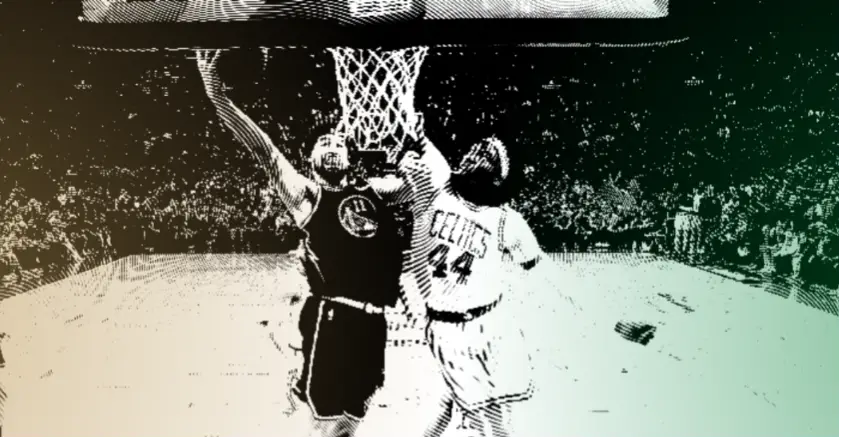Talking heads say a lot of things are important in the NBA Finals. You’ve probably heard that the Celtics’ turnover habits are key; that Draymond Green’s offense (or lack thereof) is crucial; and that limiting second-chance opportunities is a bellwether.
All those things are true. None of those things matter.
After three games, I’ve decided that the only thing that will determine the championship is whether or not Robert Williams is “feeling good.”
Some background: Williams tore his meniscus in late March. He elected to surgically remove part of his meniscus to speed up his timeline for return, something that could have long-term detrimental impacts on his knee. Rob rushed back for the playoffs, but his return has been uneven. Some days he bounds around like a deer, while on others, he leaps like a corpse.
A healthy Robert Williams terrorized the league this season, ranking second in blocked shots per game. He received some votes for Defensive Player of the Year and made Second Team All-Defense. He was especially lethal after coach Ime Udoka started putting him on opponents’ least-threatening wings. He’s a safety, free to roam the paint and help on drives (Williams has mostly “guarded” Andrew Wiggins this series).
At his best, Williams has the foot speed and hip mobility to stick with shifty guards and the size (6’9” with a 7’6” wingspan, 240 lbs) to stonewall giants in the post. An astonishing number of his blocks are on jumpers and floaters, shots that are ordinarily difficult to bother. Watch how quickly he blurs over to erase this shot after recognizing his teammate was in trouble:
Where did he come from? I’ve watched this clip ten times and still struggle to comprehend the reaction speed required even to put himself into position to make the play, much less complete it by snuffing out Devonte’ Graham’s shot before it leaves his hand.
Unfortunately, we won’t see that Williams in this series. He clearly needs more time to recover. But that doesn’t mean we can’t see flashes on the good days. Heat fans, cover your eyes:
Injured big men shouldn’t jump that high.
In this series, Williams has looked more capable (meaning about 70-80%) in Games 1 and 3. Those are the games Boston has won.
It’s not just the blocks and steals (although Williams has an absurd 12 in those games). It’s his looming menace. He’s the polar opposite of driving. His mere presence scares the Warriors from the rim, their spidey-senses all atingle:
However, on bad days, Williams can get caught ball-watching. He tries to compensate for his reduced mobility by getting a head start on going where he thinks he should be, which ends up inevitably being the wrong spot:
Golden State scored 26 points in the paint in Games 1 and 3. They tallied 40 in Game 2.
Offensively, Williams went a combined 9/10 from the field in Games 1 and 3 in 50 combined minutes. He was just 1 for 1 in 14 hobbled minutes in Game 2. Most of his points come off lobs, dunks, and offensive rebounds, and it’s difficult to convert any of those with one functioning meniscus.
Time Lord has said that extra rest days help, and with just 48 hours between Games 3 and 4, the Boston faithful must be nervous.
The Celtics are just two “good days” away from hanging banner No. 18.
If you enjoyed this article, please subscribe to basketballpoetry.com to have articles like this delivered directly to your mailbox every Tuesday and Friday! Also, please follow me on Twitter @bballispoetry. Thanks!

